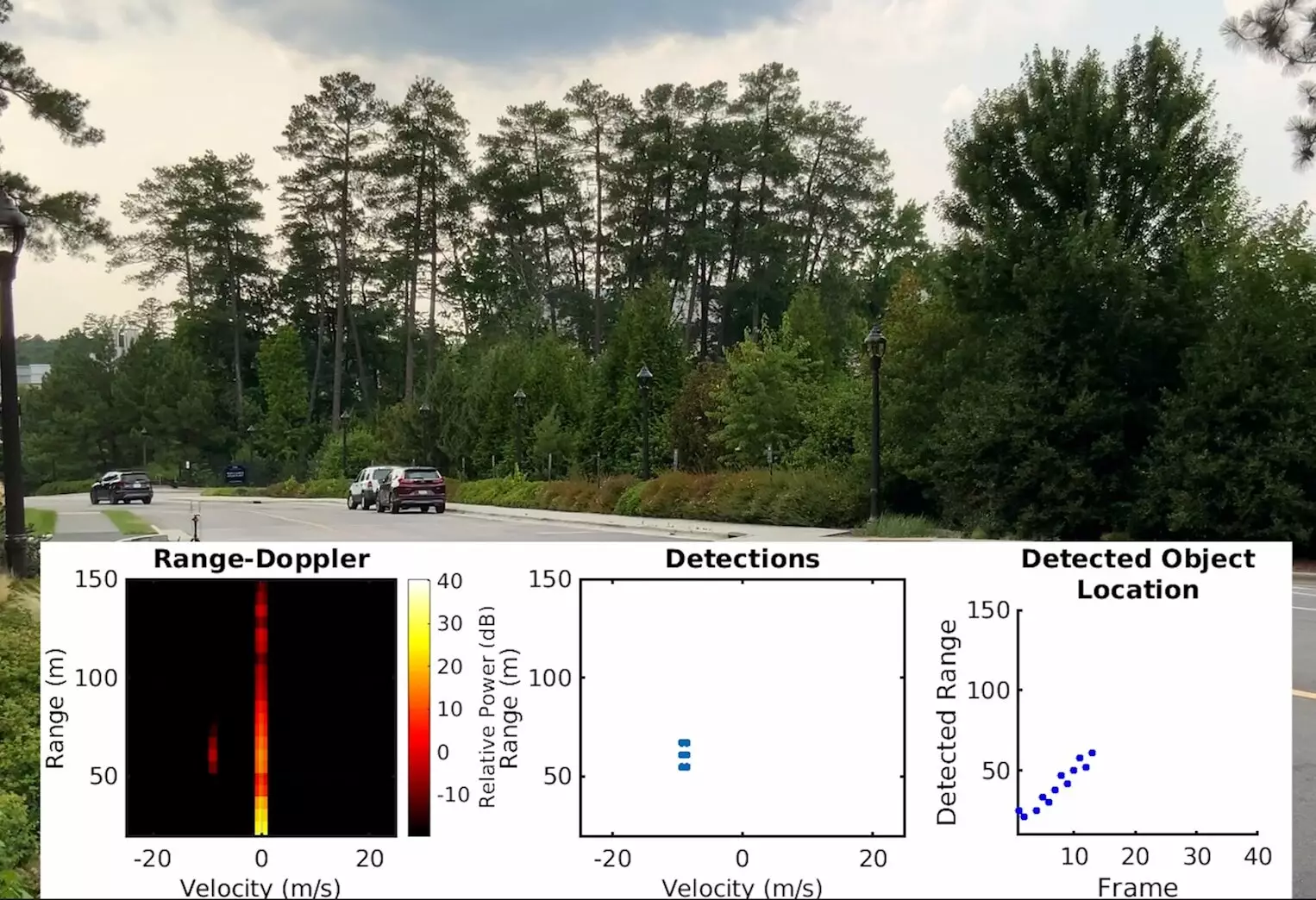The advancements in autonomous driving technology have brought us closer to a future where our cars drive themselves. However, with these advancements come new challenges and concerns. A team of engineers at Duke University has recently developed a system called “MadRadar” that can manipulate automotive radar sensors, raising serious security issues for autonomous vehicles. This article delves into the capabilities of MadRadar and the implications it has for the future of radar security in autonomous driving.
MadRadar is a system developed by engineers at Duke University, led by Miroslav Pajic and Tingjun Chen. This system has the capability to deceive automotive radar sensors by creating various illusions. It can make a car disappear, create a phantom car, or even make a real car appear to deviate from its course. The most alarming aspect of MadRadar is its ability to achieve these illusions within a fraction of a second, without prior knowledge about the targeted car’s radar settings.
The researchers behind MadRadar believe that manufacturers should take immediate steps to enhance the security of their radar systems. They emphasize that MadRadar is not developed with malicious intent but rather to expose the vulnerabilities of current radar systems. This demonstration serves as a wake-up call for the automotive industry to fundamentally change the design of radar systems.
In autonomous and assistive driving systems, radar plays a crucial role in detecting other vehicles on the road. Radar complements visual and laser-based systems and helps in perceiving obstacles and vehicles in front of or behind the car. However, with the increasing number of cars equipped with radar, it is unlikely that any two vehicles will have the exact same operating parameters, even if they share the same make and model. Differences in frequencies and measurement intervals pose a challenge for radar-spoofing systems.
Earlier radar-spoofing systems required knowledge about the specific parameters of the target vehicle’s radar system. However, MadRadar has overcome this limitation by rapidly detecting a car’s radar parameters and sending its own radar signals. These signals are carefully modified to mimic real contacts or create confusion within the radar system. The researchers caution against flooding the radar system with signals, as it would immediately raise suspicion. Instead, they emphasize the importance of strategic signal manipulation to achieve the desired illusion.
The demonstrations performed by the Duke University team were carried out on real-world radar systems in actual cars, moving at typical speeds on roadways. This highlights the effectiveness of MadRadar in real-world scenarios. The implications of such attacks on autonomous driving systems are significant. For example, adaptive cruise control systems, which rely on radar, could be tricked into perceiving a false acceleration of the lead car, resulting in dangerous consequences for the following vehicle.
To address the security concerns posed by systems like MadRadar, the researchers propose several countermeasures. They recommend randomizing a radar system’s operating parameters over time to make it more challenging for attackers to exploit vulnerabilities. Additionally, incorporating safeguards into processing algorithms can help detect and prevent similar attacks.
The implications of MadRadar extend beyond the automotive industry. The lessons learned from this research can be applied to other radar systems as well. Many industries rely on radar technology for various applications, and the security vulnerabilities exposed by MadRadar should prompt a reevaluation of design and implementation practices across multiple sectors.
The MadRadar system developed by engineers at Duke University shines a light on the vulnerabilities of current radar systems used in autonomous driving. By manipulating radar signals, MadRadar can create illusions that pose serious security risks for autonomous vehicles. It is crucial for manufacturers to take immediate steps to enhance the security of radar systems and implement countermeasures to prevent attacks. The lessons learned from MadRadar’s demonstrations should not only be applied within the automotive industry but also across other sectors relying on radar technology. As we move closer to a future with autonomous vehicles, ensuring the security and reliability of radar systems becomes paramount.


Leave a Reply